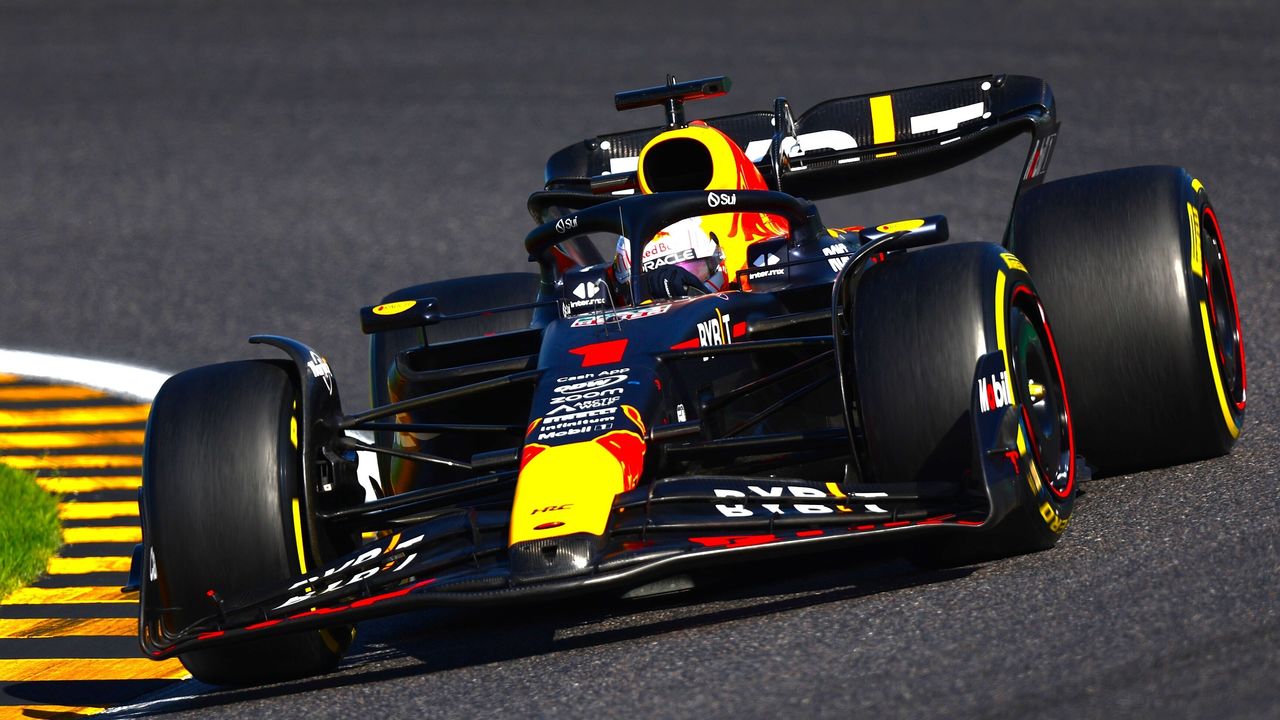
Never Miss a Game-Changing Moment
Join our community of sports enthusiasts and get exclusive access to:
- Breaking sports news and updates
- In-depth analysis from sports experts
- Exclusive interviews and behind-the-scenes content
- Weekly roundups of top stories
Subscribe to Our Newsletter
Get the latest sports updates delivered straight to your inbox.
By subscribing, you agree to our privacy policy and terms of service.





